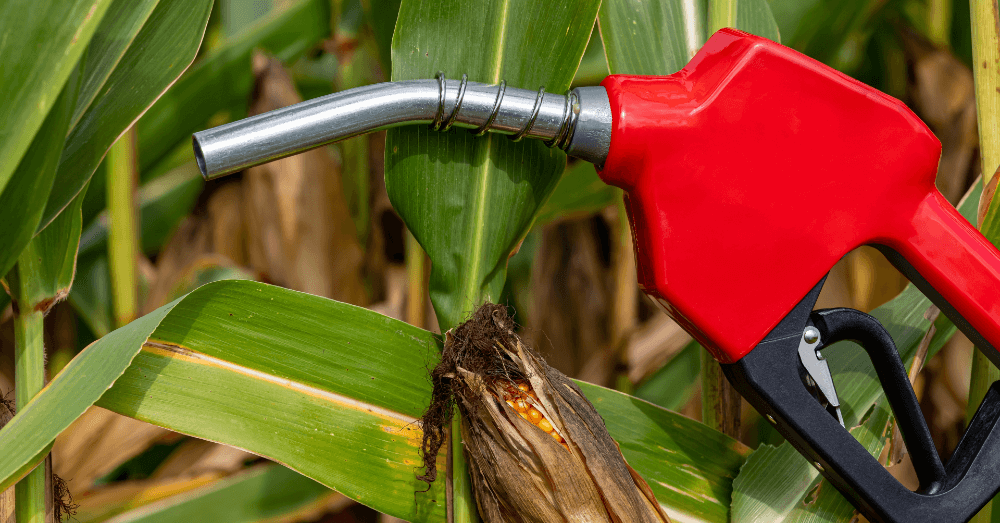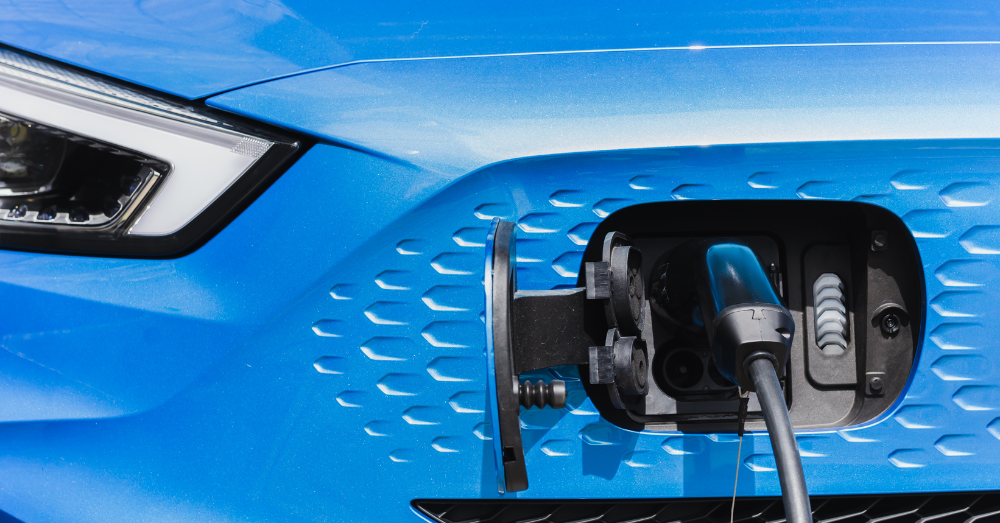
How Different Weather Can Affect Vehicle Performance
You have to drive in some weather; here’s what to expect when you face it and, how it can affect vehicle performance, and how you should adjust.
The posted speed limit on any road isn’t supposed to be a suggestion. It is a lawfully enforced limit that shouldn’t be exceeded on a clear day with dry conditions. Unfortunately, most of us ignore the speed limit and use it as a suggestion, even when some weather conditions arrive, and driving conditions are less than ideal. Here’s how different weather can affect vehicle performance and how you should alter your driving habits.
What should you do in the rain?
Rain is one of the most common weather-related driving challenges, but many people tend to either become overly cautious or not cautious enough. A moderate amount of rain can reduce visibility and create wet, slick roads that are too slippery for you to drive on at your normal speeds.
When it’s raining, you should keep your speed down, turn on your wipers, and use your headlights. Look for standing water and avoid it if you can. If you must drive through standing water, slow down before reaching it and try to drive slowly through it. Add extra distance between your car and others on the road because rain lengthens your braking distance.
How should you handle heavy winds while driving?
You might not think of heavy winds as being weather, but it is and it can impact your vehicle performance on the road. Wind can blow debris around, which could cause issues with your tires or the underside of your vehicle. High-sided vehicles and motorcycles are especially vulnerable to high winds.
When you must drive in high winds, stay focused on the road, be prepared to steer against the wind, especially on overpasses, and pay attention to fallen tree limbs, debris, and other items that could become airborne. If you’re towing a trailer, it could begin to sway because of the wind.
Can you drive safely on snow and ice?
You might have a vehicle with AWD or 4WD, but that added traction doesn’t do any good when you’re riding on a sheet of ice. Snow and ice can change the driving conditions and the way you drive, especially if you’re driving during a snowstorm when it’s hard to see the road’s surface or lane lines.
Much like driving in the rain, you need your wipers, an extended driving distance, and lower speeds when faced with snow and ice. If you need to drive up a hill in the snow, put your vehicle in a lower gear to add a little better traction to the system. If you begin to skid or spin, pump the brakes and steer into the spin to reduce its impact.
What should you do when it’s foggy out?
Morning fog is a common occurrence in many areas and most drivers handle this fog pretty well. Still, this is a weather issue that has an impact on vehicle performance while driving because of reduced visibility. This natural hazard requires you drive a little differently.
When it’s foggy out, you’ll need to reduce your speed so that you have time to react within the area you can see. If that visibility is extremely low, it will be difficult to see an accident ahead before you get to it. Use your fog lights to improve visibility, and avoid using your brights. Keep extra distance between your vehicle and the one ahead of you while driving in fog.
Do you need to change your driving when it’s hot outside?
Higher temperatures have an impact on your vehicle and can cause your engine to overheat much sooner than when the temperatures are milder. Cars that are left standing in the sun too long will be more susceptible to overheating when driven.
You shouldn’t have to change your driving much when its hot outside, but it’s a good idea to park under a tree and use a sunshade that can be unfolded and placed on your front window, or any windows facing the sun. if you need to leave your car parked all day while you work, try to park it in a parking garage instead of a hot parking lot.
Use these tips to face various weather that can impact your vehicle performance and the way you should drive.
This post may contain affiliate links. Meaning a commission is given should you decide to make a purchase through these links, at no cost to you. All products shown are researched and tested to give an accurate review for you.



